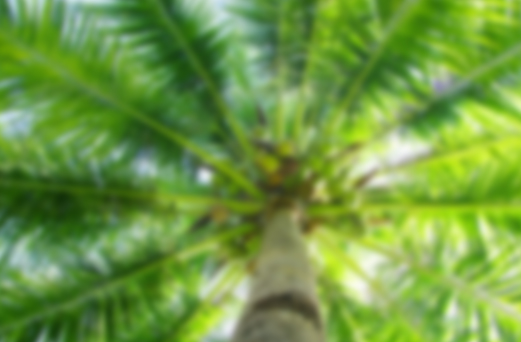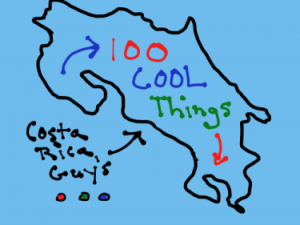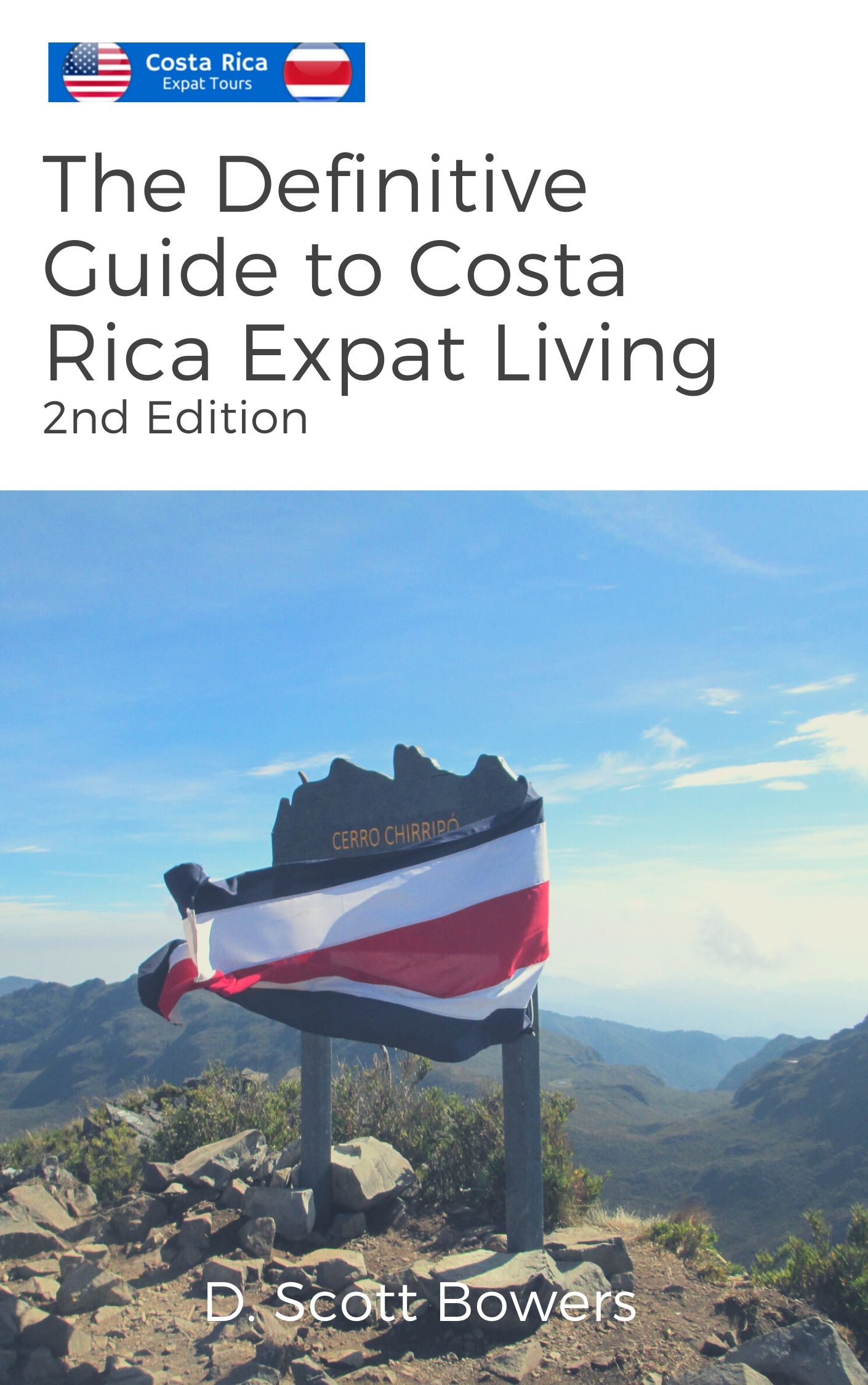 I used to think I knew what “poor” meant. In the U.S., if you do not have as much as others in your community, you may say to yourself, or to your loved ones, I (or we) are poor. I heard that a few too many times when growing up. Then I began spending a lot of time in Central America and my previous perceptions of poorness where shattered. I am working on a project with the indigenous of Costa Rica. It will ultimately be a web site that offers original Costa Rican indigenous art. In the process of creating the site we are roaming around the country shooting video and pictures and meeting with the various indigenous groups. This past weekend found us in the extreme southern zone of Costa Rica, remote and beautiful areas deep in the Talamancas like Brujo, Boruca and Limoncito. We visited with the Brunka tribe, who are known for their hideous, yet artistically beautiful, masks that are traditionally used to celebrate the Festival de los Diablitos. The festival is in remembrance of the struggle between the Indians and the Spanish. The masks are carved from balsa or cedar into devilish forms that are meant to scare the Spanish back across the sea. The timeless tradition of carving these intricately ordained masks is still carried on in this tiny pueblo deep in the heart of Costa Rica’s southern zone. The head of community association, Doña Margarita, explained to us that not too long ago the Brunkas lived in extreme poverty. But due to restoration of their crafts, both the mask-making and cloth-making, coupled with the general rise in tourism in Costa Rica, their situation had dramatically improved. And the evidence of that could be seen throughout the small community, where everyone was involved in some form in craft-making. Next we ventured deeper into the mountains, on the highway towards the beautiful little town of San Vito. We exited the main road and took a dirt road to an area known as Limoncito, specifically to the community center of the Guaymi Indians, known as La Casona. On the way there we passed by a few Guaymi Indian women wearing their traditional colorful full length dresses. We then knew we were on the right track. When we arrived at La Casona there was no one present. We saw a little pulperia (or small community store) where a Guaymi girl was playing a form of pinball machine that is common in Costa Rica. We told her why we were there and she said she could take us to a lady that sold crafts in the area. So we all got into the car and ventured deeper into the mountains…down a road that challenged even my healthy sense of adventure. We crossed rickety wooden bridges that made me hold my breath as they creaked under the weight of La Poderosa. Teodora, our Guaymi guide, assured us that other cars cross the bridges, but her declarations did not provide a great deal of comfort. We arrived at a point where the car just couldn’t venture further due to the incredibly poor quality of the road and set out on foot. A while later we arrived at the home of the crafts-lady. It was readily apparent that the living conditions of the Guaymis were at a far more depressed level than the Brunkas. In fact, while I have seen what I would consider poor, in Costa Rica, Nicaragua and Panama, this was a level of poor that challenged my imagination. Nevertheless we were greeted warmly and indeed found what we were looking for. These days when everyone is pouting about their economic predicament, it is good to remember that as bad as you think you have it, there are those who live at a level of economic lack that you could not even imagine, let alone experience. Just remember that and also that the pathway out of impoverishment is paved with empathy.
I used to think I knew what “poor” meant. In the U.S., if you do not have as much as others in your community, you may say to yourself, or to your loved ones, I (or we) are poor. I heard that a few too many times when growing up. Then I began spending a lot of time in Central America and my previous perceptions of poorness where shattered. I am working on a project with the indigenous of Costa Rica. It will ultimately be a web site that offers original Costa Rican indigenous art. In the process of creating the site we are roaming around the country shooting video and pictures and meeting with the various indigenous groups. This past weekend found us in the extreme southern zone of Costa Rica, remote and beautiful areas deep in the Talamancas like Brujo, Boruca and Limoncito. We visited with the Brunka tribe, who are known for their hideous, yet artistically beautiful, masks that are traditionally used to celebrate the Festival de los Diablitos. The festival is in remembrance of the struggle between the Indians and the Spanish. The masks are carved from balsa or cedar into devilish forms that are meant to scare the Spanish back across the sea. The timeless tradition of carving these intricately ordained masks is still carried on in this tiny pueblo deep in the heart of Costa Rica’s southern zone. The head of community association, Doña Margarita, explained to us that not too long ago the Brunkas lived in extreme poverty. But due to restoration of their crafts, both the mask-making and cloth-making, coupled with the general rise in tourism in Costa Rica, their situation had dramatically improved. And the evidence of that could be seen throughout the small community, where everyone was involved in some form in craft-making. Next we ventured deeper into the mountains, on the highway towards the beautiful little town of San Vito. We exited the main road and took a dirt road to an area known as Limoncito, specifically to the community center of the Guaymi Indians, known as La Casona. On the way there we passed by a few Guaymi Indian women wearing their traditional colorful full length dresses. We then knew we were on the right track. When we arrived at La Casona there was no one present. We saw a little pulperia (or small community store) where a Guaymi girl was playing a form of pinball machine that is common in Costa Rica. We told her why we were there and she said she could take us to a lady that sold crafts in the area. So we all got into the car and ventured deeper into the mountains…down a road that challenged even my healthy sense of adventure. We crossed rickety wooden bridges that made me hold my breath as they creaked under the weight of La Poderosa. Teodora, our Guaymi guide, assured us that other cars cross the bridges, but her declarations did not provide a great deal of comfort. We arrived at a point where the car just couldn’t venture further due to the incredibly poor quality of the road and set out on foot. A while later we arrived at the home of the crafts-lady. It was readily apparent that the living conditions of the Guaymis were at a far more depressed level than the Brunkas. In fact, while I have seen what I would consider poor, in Costa Rica, Nicaragua and Panama, this was a level of poor that challenged my imagination. Nevertheless we were greeted warmly and indeed found what we were looking for. These days when everyone is pouting about their economic predicament, it is good to remember that as bad as you think you have it, there are those who live at a level of economic lack that you could not even imagine, let alone experience. Just remember that and also that the pathway out of impoverishment is paved with empathy.
Costa Rican Artisans Videos: Featuring Brunkas and Guaymis








Comments